These simple homemade donuts are the best make at home donuts I’ve ever had! Before this, I had only ever made donuts that were baked. You know, the ones made from a donut pan, kind of cakey, don’t-really-taste-or-smell-like-donuts, more so just baked in a donut pan… those ones. Don’t get me wrong, baked donuts can be good, but they’re more like cake based in a donut pan than a real, authentic donut made at home.
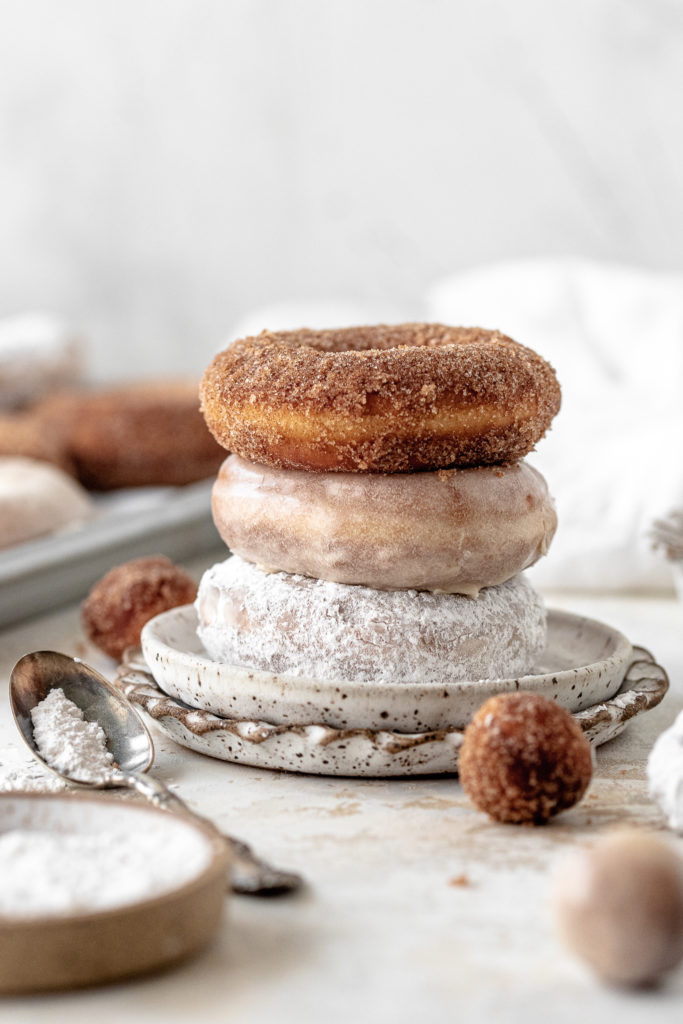
I recently watched a Try Guys video on donuts (love love love the Without A Recipe series) and the expert said something along the lines of the following. Donuts are fried… not baked… thats why we don’t call them a baked good, we call them pastries. And I couldn’t agree more.
These simple homemade donuts are traditional in the fact that they are fried, they have a few classic topping choices, and they make your kitchen smell like you’ve just stepped into a bakery (in your own kitchen!).
Part One…. Yeast.
This recipe starts by blooming the yeast. This is simply a process of waking up the yeast and getting it prepped to go to work (aka to make the donuts rise!). We’ll mix the yeast with a combination of milk, water, and sugar which will then heat to 110 – 120 degrees Fahrenheit and let sit for about 10 minutes until it gets frothy and bubbly. At this point, it’s awake and ready to use!
Then, we combine the milk, water and yeast mixture with the remainder of the wet ingredients (eggs, butter, cane sugar and vanilla).
Kneading The Dough
To finish off the dough, the salt and flour is added to the mixture and then we knead it! Kneading is a super simple process, but fully necessary as it creates the strands of gluten that will help to hold the donuts together and create their structure. If you’ve never kneaded dough before, there is a very simple tutorial here from Bon Appetit! You’ll want to knead your dough until it is smooth and no longer sticks to your hands when kneading it. About 5 minutes is a good starting point, but continue kneading past 5 minutes if your dough is not smooth at that point. You can also add a couple tablespoons of all purpose flour during the kneading process which will help the dough stick less, and come together.
Letting it Rest… AKA Proofing.
If you watch The Great British Bakeoff as much as I do, you’re super familiar with proofing. If not…. let’s break it down. Proofing is one of the most important parts of recipes that rely on yeast as the leavening agent. The process of letting your dough rest in a dark, slightly warm place, also known as proofing, is essentially what makes these donuts light and fluffy. Proofing is essential as it gives the dough time to produce air bubbles prior to baking. The recipe for these donuts relies on two separate chunks of proofing. The first (before rolling out the dough but after kneading) being 1 hour and 45 minutes, and the second being 45 minutes (after cutting the doughnuts but before frying).
Frying Tips & Equipment….
I’ll be honest… up until about a month or two ago, I was absolutely terrified of frying anything. I thought the oil would bubble up and likely burn me. But boy oh boy was I wrong. I mean, sure, I’m incredibly clumsy and have gotten my fair share of accidental cooking injuries, but none from frying. My main tips for frying these donuts:
- Use a kitchen thermometer & heat your oil to 350 – 360 degrees Fahrenheit! No lower no higher.. any lower and your donuts won’t fry, any higher and your donuts will cook too quickly becoming far too brown. Temperature of the oil is of utmost importance when frying anything, especially donuts.
- Watch the donuts closely when they’re in the oil! You want to look for browning. 🙂 My general rule of thumb is 30 – 40 second per side, varying slightly based on the temperature of your oil and whether it is closer to 350 or 360. Once the first side starts to get slightly golden brown, flip the donuts over and repeat.
- The number of donuts you will be able to fry at a time will depend on the size of the cast iron, dutch oven, saucepan etc that you are using! I use a standard 12 inch cast iron skillet and I fry 3 donuts at a time.
Other Tips & Substitutions
- You can use whole milk, 2% milk or 1% milk in this recipe. I do not recommend using skim milk or any milk alternatives as the fat in the milk helps keep the donuts tender and flavorful.
- You can use all three of the donut toppings as I did in this simple homemade donut recipe, or choose just one and run with it! If you do go with just one topping as opposed to all three, please double the measurements for your preferred topping. 🙂
- I used dry active yeast for these donuts and I recommend it as the leavening agent in this recipe. If you’d like, feel free to try instant dry yeast, but please keep in mind, I have not tested it with these donuts.

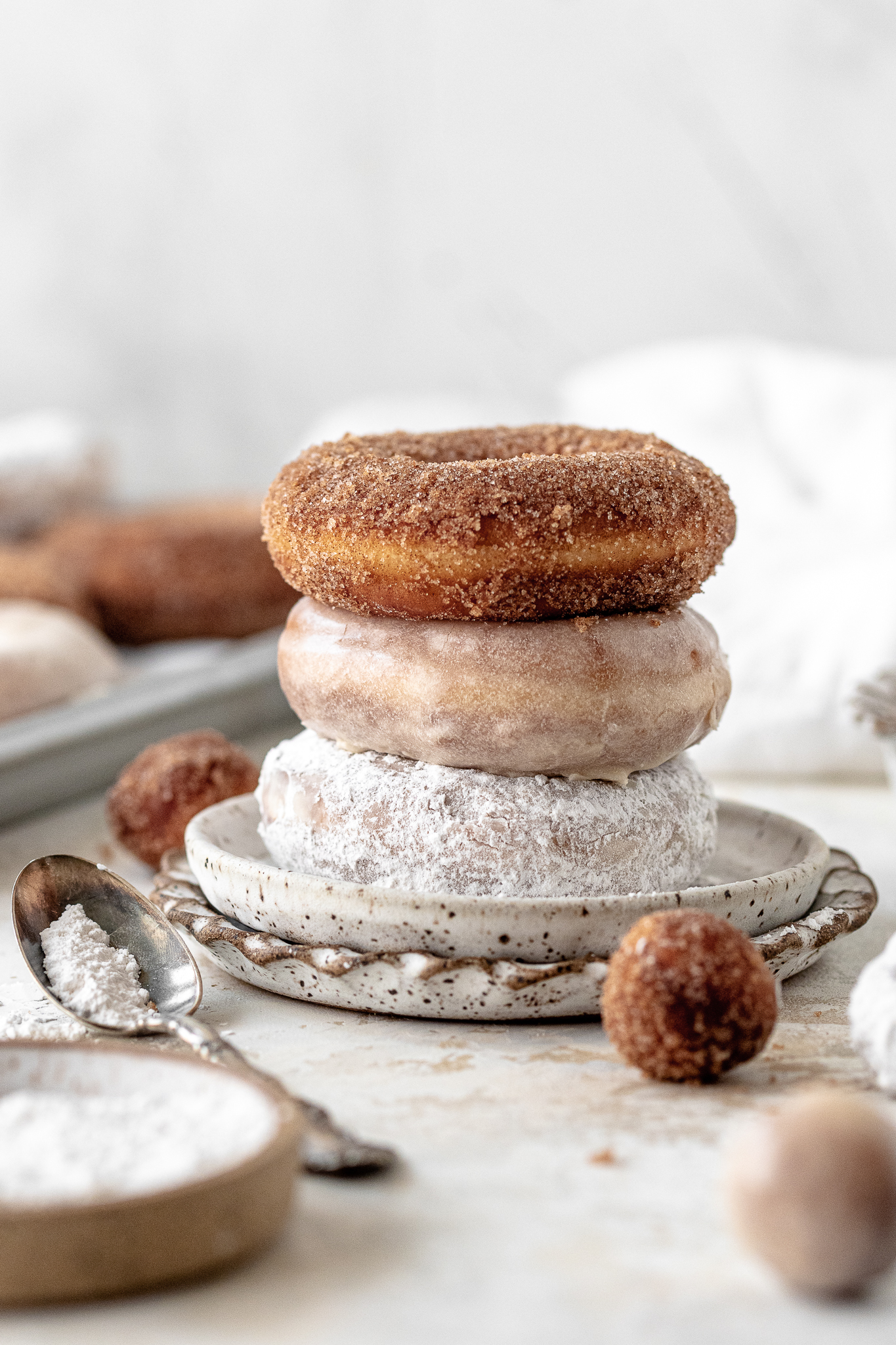
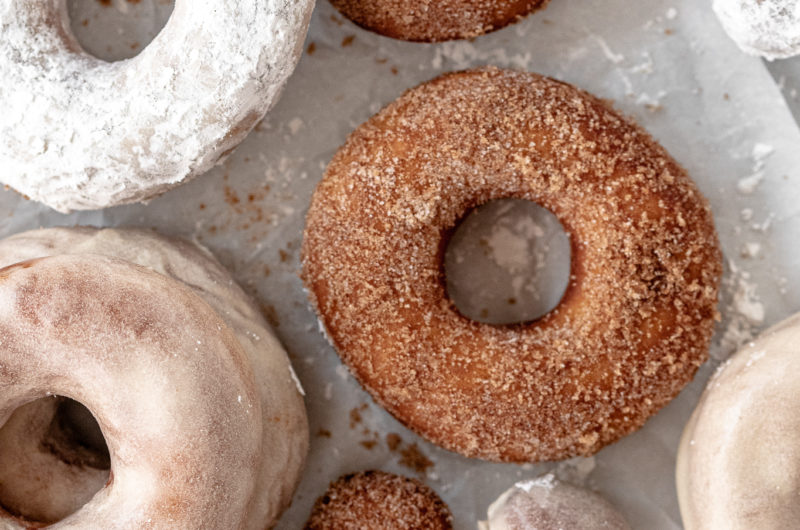
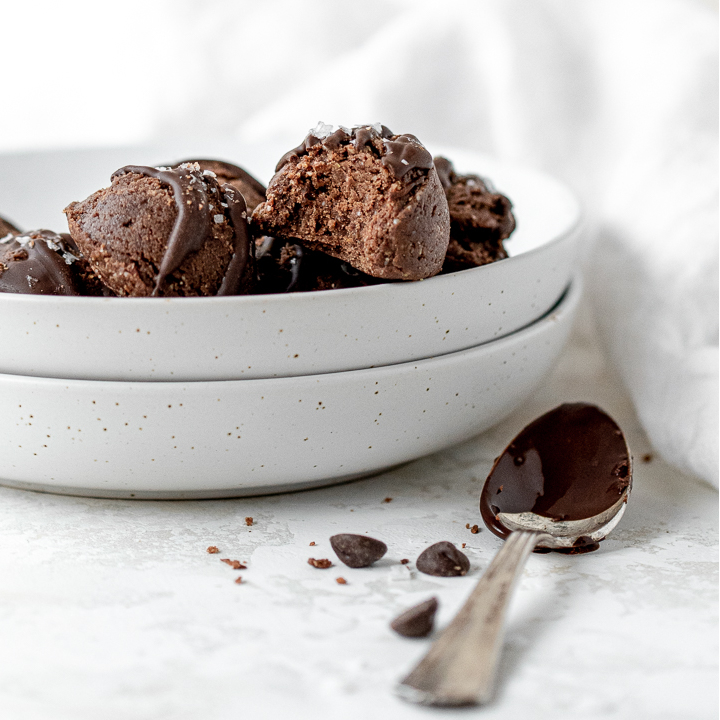
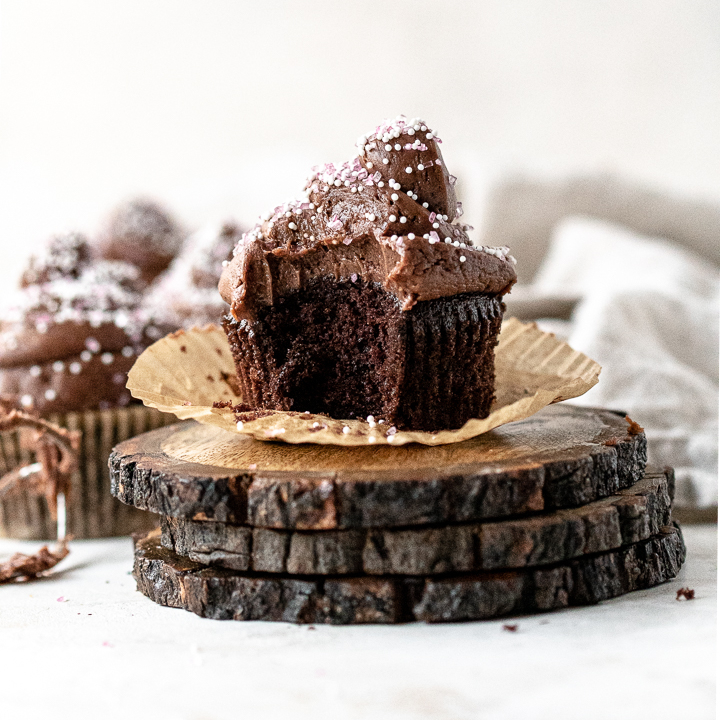
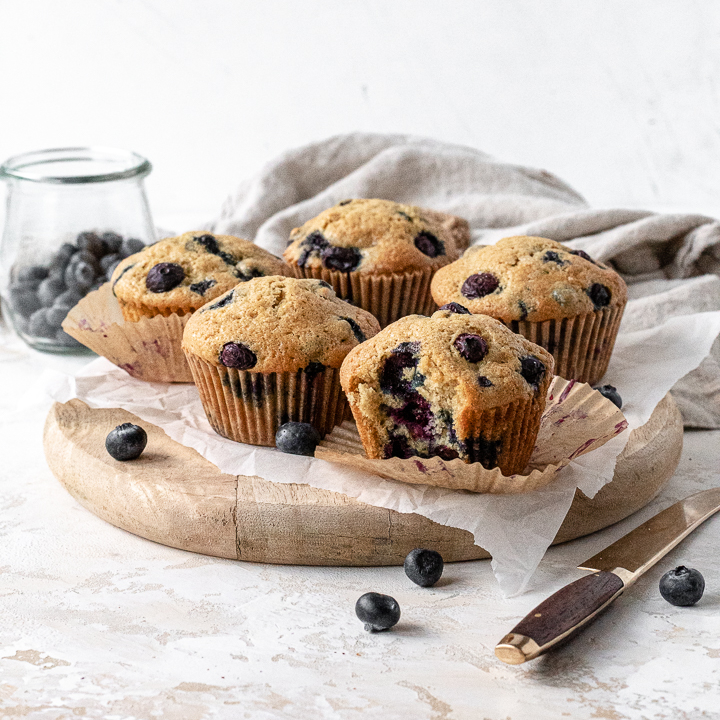
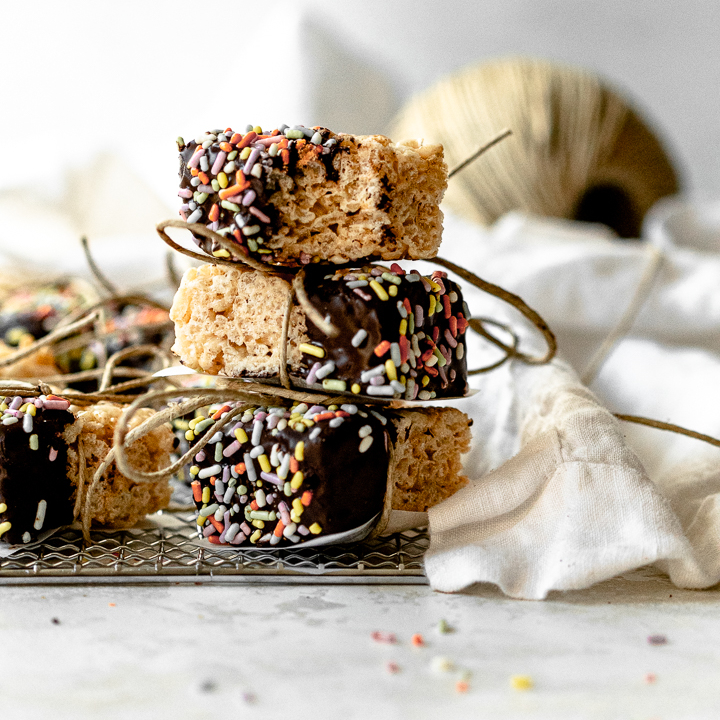
Leave a Reply